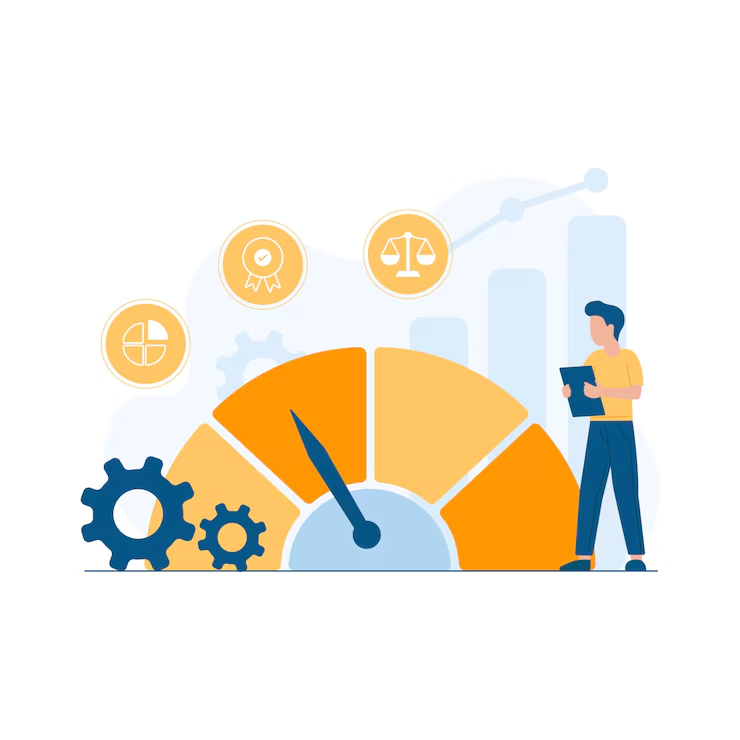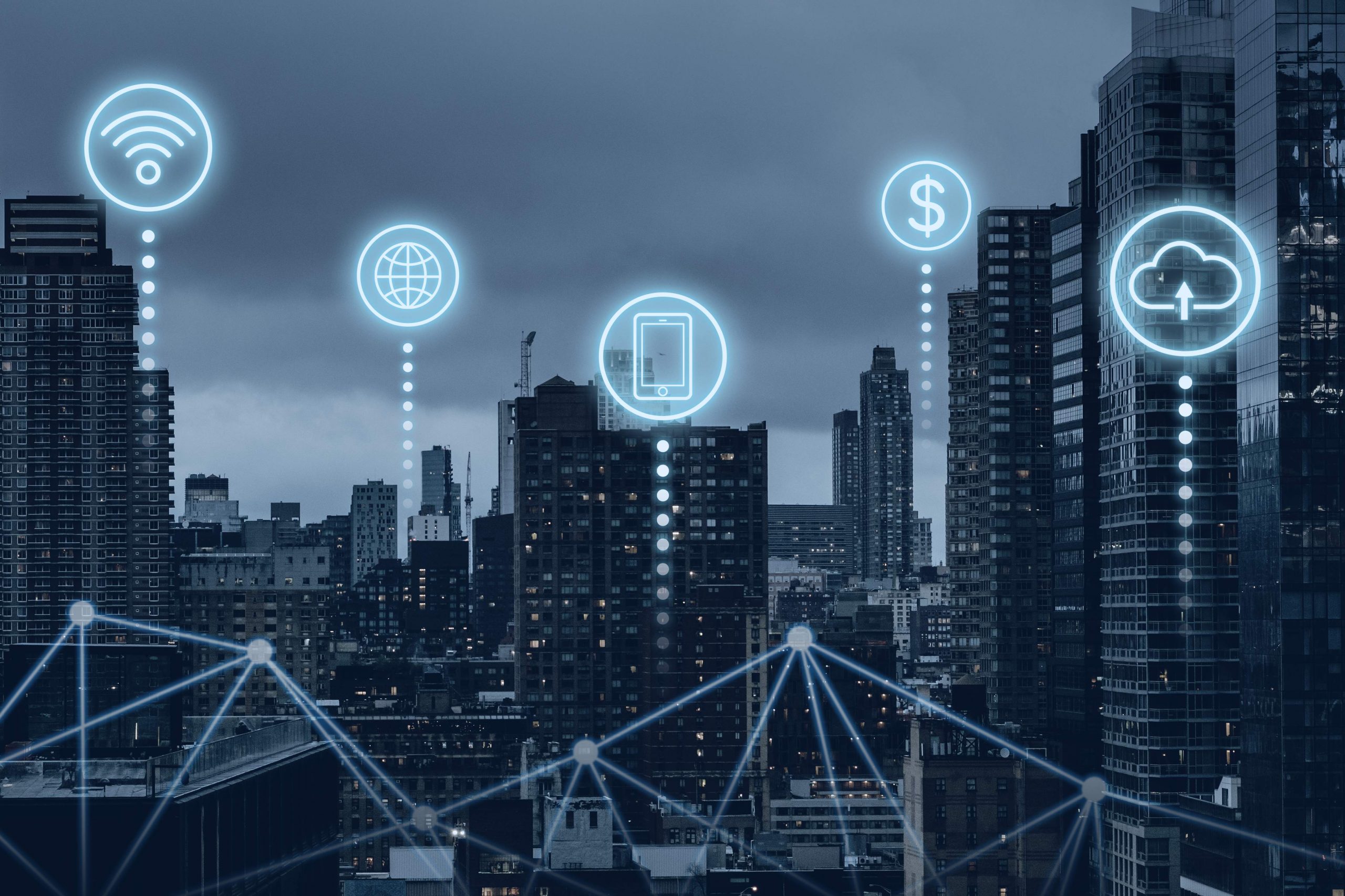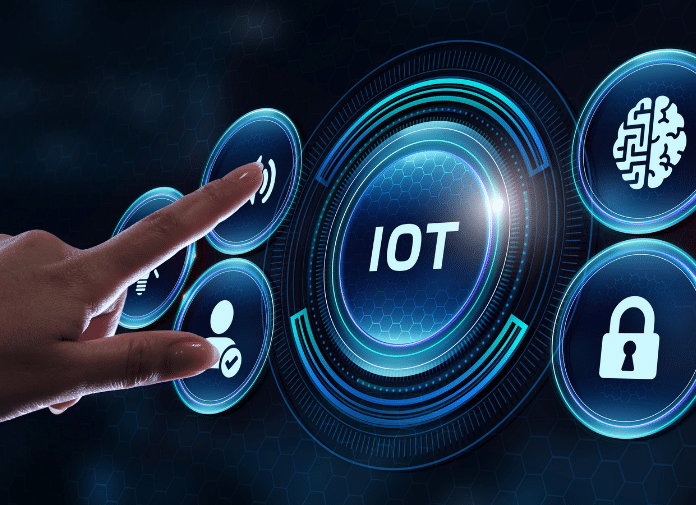How Airtel IoT Smart Utilities Solution Enhances Operational Efficiency
-
May 26, 2025
-
6 min read

Most utility providers deal with the same everyday challenges, such as delayed meter readings, billing errors, and a lack of visibility across their networks. These aren’t new problems, but they have become harder to manage as expectations rise and systems age. The pressure to operate more efficiently while meeting regulatory requirements has pushed companies to rethink how they run their infrastructure.
Airtel IoT Smart Energy Management offers a practical answer. By connecting smart meters with a centralised platform, it replaces manual work with structured data and remote control. This article looks at how it helps utilities move away from outdated methods and build more efficient, scalable operations.
Ways in Which Airtel Enhances Operational Efficiency
Let’s break down the specific ways Airtel IoT Smart Energy Management enhances operational efficiency for utility providers:
Billing Accuracy through Digital Metering
Airtel’s smart meter infrastructure replaces manual meter readings with automated data collection. This helps utilities move away from estimation-based billing. Readings are transmitted directly to the head-end system at fixed intervals, which ensures that each consumer’s bill matches their actual consumption.
This process eliminates inconsistencies and human errors. The billing system draws directly from verified consumption logs, which enables finance teams to generate accurate invoices without reconciliation delays. Consumers gain clarity over their charges, and providers reduce the volume of billing disputes.
This smart meter in smart grid infrastructure helps create a reliable billing environment, where both operational overhead and revenue leakage decrease significantly.
Detection of Tampering and Irregular Usage
Tampering and unauthorised access to meters contribute to huge operational losses in energy distribution. These incidents are difficult to detect when meters are not digitally monitored. Airtel’s infrastructure makes it possible to identify suspicious activity by continuously tracking usage data at the individual meter level. When abnormal readings occur, the system highlights them in its reporting interface.
The monitoring system can also compare usage trends across connections. If a meter shows irregular drops or spikes that don’t align with expected consumption, it becomes easier to investigate. This allows utilities to take targeted action, rather than relying on large-scale inspections.
Faster Response to Customer Issues
Customer-facing teams often struggle to resolve billing issues due to a lack of immediate data. Without digital logs, they may need to escalate queries to field technicians or delay responses until site visits are completed.
Airtel’s platform removes these barriers by providing access to time-aligned consumption history for every connected meter. Teams can retrieve this information and respond to customer concerns quickly and confidently.
When customers report discrepancies in their bills, support staff can cross-check meter records in the system. The availability of trusted data at the point of service improves the quality of customer interactions. It also reduces the need for on-site verification. This shift contributes to improved customer satisfaction and builds trust in the billing process.
Improved Payment Collection Processes
Utility companies commonly face delays in revenue collection due to disputes, unpredictable billing cycles, and consumer mistrust. Airtel Smart Utilities system supports a more structured approach to collections by delivering verified usage data to billing systems and allowing invoices to reflect actual consumption.
Billing departments can track payment behaviour and follow up with customers who have outstanding amounts. This visibility allows better segmentation of payers and improves cash flow planning. The consistency in billing and communication can boost the efficiency of the utility business.
Flexible Network Architecture
Airtel understands that utility networks span diverse geographies where network conditions vary. Some areas may have access to 4G or 5G, while others rely on older network infrastructure. To address this, Airtel supports multiple connectivity modes across its energy monitoring solution. These include:
- IoT connectivity solutions for energy-efficient, low-data applications
- 4G and 5G for areas that require higher bandwidth
- 2G fallback where newer networks are not available
- Automatic switching to the most stable connection
This flexibility helps maintain consistent device communication. Utilities are not forced to upgrade or adapt their infrastructure to match a single network type. Instead, they benefit from a system that adapts to their coverage zones, reducing communication failures and downtime.
Integrated Cloud Hosting and Data Management
Many utility providers lack the resources to maintain dedicated IT infrastructure. Airtel addresses this by hosting the energy monitoring system on a secure, government-compliant cloud platform. This approach eliminates the need for costly servers or dedicated maintenance teams on the utility’s side.
All data collected from meters is stored, processed, and analysed within the cloud environment. Updates, patches, and security protocols are managed centrally by Airtel, freeing up internal teams to focus on energy operations. The system also provides clear reporting tools that make it easy to extract insights without requiring technical expertise.
The result is a clean digital architecture that supports continuous operation within a smart meter in a smart grid model.
Insights and Reports
It can be difficult to track device connectivity and signal quality in a large-scale meter network. Airtel IoT Smart Energy Management provides timely insights through an interactive, user-friendly dashboard integrated with software applications like HES and MDM.
Key performance indicators are continuously updated, which enables teams to monitor usage, detect weak signals, offline meters, or communication failures on time. This supports quick resolution of technical issues before they impact billing or data collection.
The dashboard also includes Department of Telecom compliant reporting. Such levels of adherence and transparency allow decision-makers to plan upgrades based on actual network performance and usage trends.
Centralised Management through IoTHub
Managing devices across large networks can be complex. Airtel IoTHub platform addresses this by offering a single interface where utilities can monitor, configure, and manage all connected meters. The platform includes:
- Device status monitoring across all regions
- Remote configuration and diagnostics
- Firmware updates
This unified system reduces the need for multiple tools or vendor dependencies. Operational teams work from one dashboard, improving coordination and reducing errors. As device counts grow, the benefits of centralised management increase, giving utilities more control with less effort.
To Sum Up
Airtel IoT Smart Energy Management offers more than digital convenience. It brings structure to billing, cuts down operational waste, and gives utilities better control over their networks. The platform doesn’t just replace manual processes; it creates room for smarter decisions by delivering consistent, usable data.
From easier meter management to centralised reporting, each function supports a more focused, efficient operation. As energy providers face growing pressure to modernise and meet compliance expectations, solutions like Airtel IoT Smart Energy Management are becoming essential.
For utilities serious about performance, the shift to a connected, managed infrastructure starts with a platform built exactly for that job.
 Share
Share








